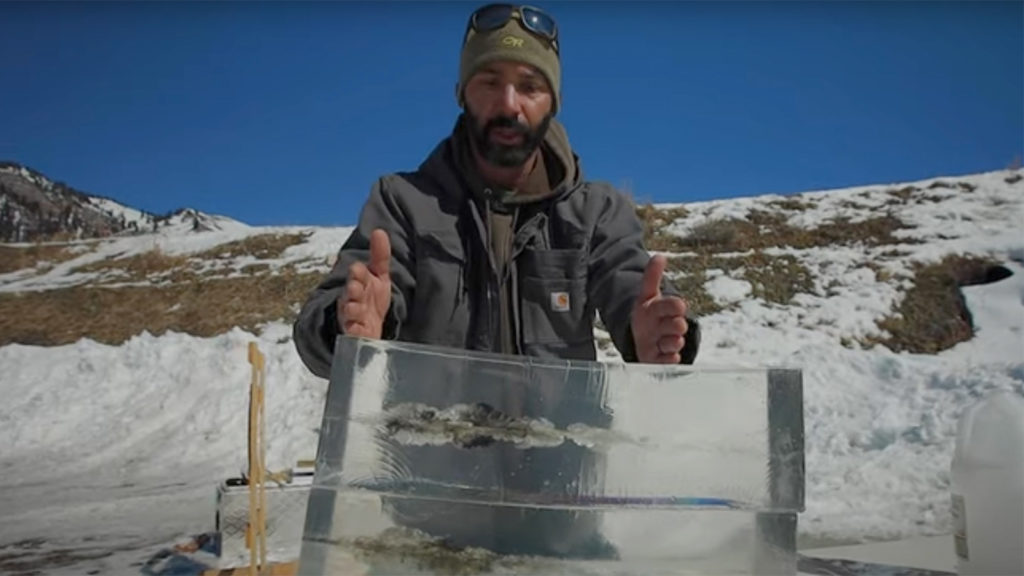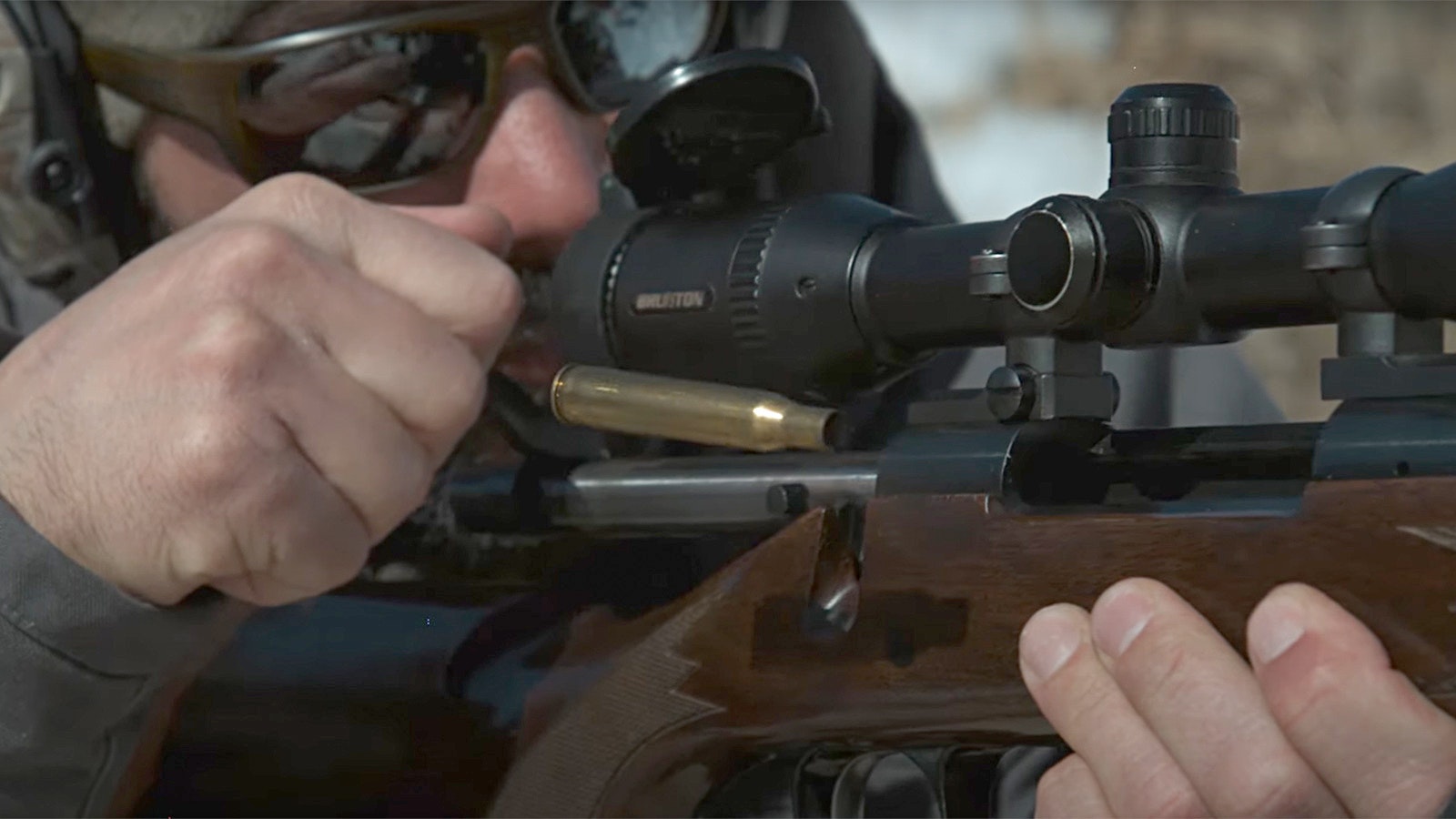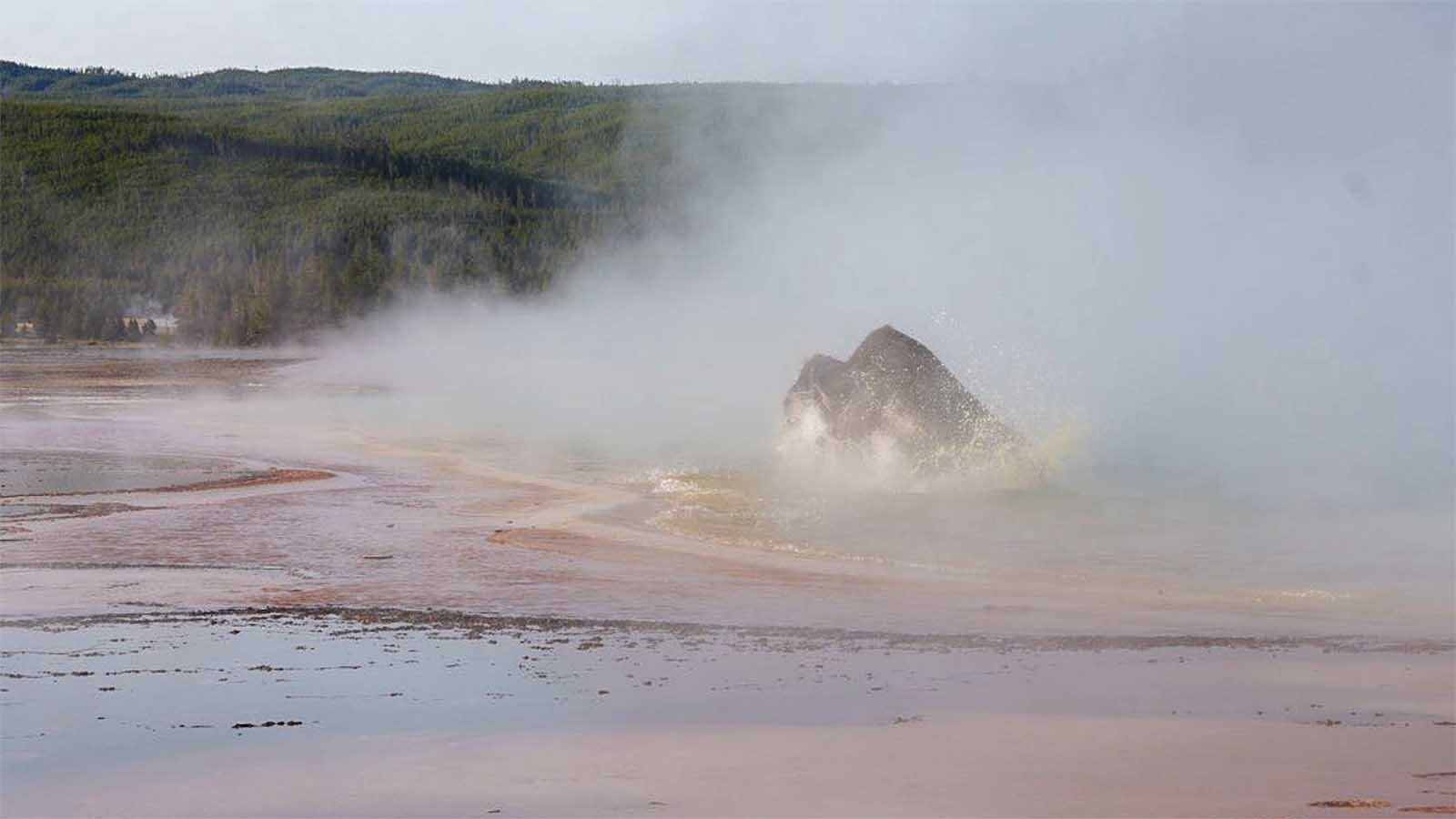When it comes to dropping Wyoming big game, newer solid-copper bullets work just as well as – and maybe even better than – traditional lead ammunition, some hunters and a gunsmith said.
“I’ve used them (copper bullets) on everything from antelope to elk,” hunter Bryan Bedrosian of Jackson told Cowboy State Daily.
The lead-free ammo has made clean kills for about the past 15 hunting seasons, said Bedrosian, who is co-founder and director of sportingleadfree.org, which advocates for lead-free hunting ammunition and fishing tackle.
Bedrosian also the conservation director at the Teton Raptor Center. He said that in areas where non-lead hunting ammunition has become popular, the amount of lead contamination and poisoning detected in golden eagles and other raptors is down significantly.
Aaron Kerr told Cowboy State Daily he also switched to copper bullets for hunting a few years ago.
He said his motivation was primarily out of concern about led fragments contaminating the game meat he was feeding his family.
“I’ve had good performance with the copper ammunition,” said Kerr, who is the law enforcement coordinator for the Wyoming Game and Fish Department.
Copper Is King
The push to get big-game hunters to switch to non-lead ammunition has been gaining momentum over the past several years.
When big game animals or varmints are shot with lead ammunition, the bullet can send fragments into the animal’s flesh and organs, spreading well beyond the main wound channel. Those fragments can end up in the meat people eat or be consumed by raptors, crows or other scavengers that come along later to gobble the remains of hunters’ kills.
There have been a few lead alternatives introduced over the years, said Bedrosian and Big Piney gunsmith John Grove. For instance, there’s been some attempts to make effective bullets out of tin.
However, when it comes to the downrange performance and retention of bullet mass that hunters want, copper is king, Grove told Cowboy State Daily.
The Mushroom Effect
Even most “lead” hunting bullets have long had a copper jacket surrounding the lead core, said Grove, who owns Cross Hair Shooting Supply. That copper-lead combination has been a proven winner for hunting. Upon impact, the copper jacket peels away, while the lead core expands, or “mushrooms.”
That mushrooming effect is vital to making clean kills on big game, he said. It creates a better wound channel and helps the bullet retain its mass as it passes through the animal’s vital organs.
When switching to all-copper projectiles, the challenge for ammunition manufacturers was finding the right grade of copper to produce adequate mushrooming and mass retention in hunting bullets, he said.
“That’s the biggest concern,” he said. “At times, the expansion is inconsistent with single-metal bullets as compared to copper-jacketed lead bullets.”
Thanks to advancement in quality, newer copper bullets perform much better than those that were first introduced years ago, Grove said.
“Pretty much all of the major bullet and factory-loaded ammunition companies are offering copper bullets at this point,” he said, and the prices are usually roughly comparable to high-end lead-based hunting ammunition.
Compression, Rifling And Cleaning
Copper bullets can compress easier than lead-core bullets upon firing, and that can “jump firing chamber pressures,” Grove said.
That’s nothing to concern hunters using factory-loaded ammunition. But people who like to reload their own ammunition need to take that into consideration.
Because copper is somewhat lighter than lead, solid copper bullets also tend to be longer than lead-core bullets, Grove said. That can affect how a bullet melds with the rifling inside a firearm’s barrel.
“Rifling” refers to spiral grooves inside the barrel. It causes the bullet to spin, creating in-flight stability and greater accuracy at long ranges. It’s also where the term “rifle” came from for that class of long firearms – although most handguns and even some shotguns also have rifled barrels.
Some copper bullets have groves already carved into them, to help them meld with rifling and get the proper spinning effect, Bedrosian said.
“Those groves are usually below where the bullet seats into the neck of the cartridge, but if you look closely at some brands of copper bullets, you can see some of that grooving sticking out,” he said.
Copper must be properly cleaned up after in a firearm, Grove said.
Copper jackets can leave copper deposits inside a rifle’s barrel, which over time can create damaging “fouling,” he said. And that’s even more so with solid-copper bullets.
“Copper solvent is something you need to be using to clean any rifle,” Grove said.

Winning The Expansion Game
Bedrosian said when he first started using copper ammunition about 15 years ago, the performance was lagging behind lead-core bullets. The expansion wasn’t as good, particularly at longer ranges.
However, that’s changed, he said. Today’s copper bullets mushroom as well as their lead-core counterparts.
What’s more, copper bullets are now retaining mass better. They don’t fragment the way lead-based bullets do. Videos he and others took of firing lead-based, and then copper bullets, into ballistics gel seem to prove that.
Ballistics gel is a substance that roughly mimics the consistency of flesh, and shooters frequently use long blocks of it to test bullet performance.
Grove agreed that fragmentation, and therefore inferior mass retention, might prove to be the ultimate downfall of lead-core ammunition as solid copper bullets continue to improve.
Go Lighter
Bedrosian said he uses the .270 Winchester cartridge “across the board” for hunting antelope, deer and elk in Wyoming.
He uses 130-grain solid copper bullets. “Grain” is a unit of measuring bullets’ weights. And initially, many might think a 130-grain bullet is too light for elk.
However, because copper bullets are longer, it’s best to adjust to lighter projectiles when switching from lead-core ammunition, he said.
“I’ve never had an elk walk for more than about 40 feet after shooting it with those 130-grain copper bullets,” Bedrosian said.
“We recommend that people should typically go down one increment in grain weight,” he said. “So, for instance, if you’ve been shooting 180-grain lead-core bullets from a .30-06 for hunting, you should go down to 165 grains in solid copper bullets.
“I also recommend buying the brands that have the polymer tip on the bullets. I just wasn’t getting the same quality of shot groups with the hollow-tipped copper bullets. I don’t know for certain, but I think those polymer tips help with bullet flight stability.”
Don’t Force The Matter
The federal government decades ago banned the use of lead shot in shotguns being used to hunt waterfowl. That came after concern over spent lead pellets contaminating wetlands where hunters had been shooting ducks and geese.
Manufactures responded by producing steel shot loads for waterfowl, and hunters have been using those since.
However, trying to force a ban on lead hunting rifle ammunition is a bad idea, both Bedrosian and Kerr said. It would cause too much backlash.
The firearms rights group Gun Owners of America is adamantly against lead rifle ammunition bans.
Kerr said that in his experience as a Game and Fish agent, hunters respond far better to being shown how and why a change might be needed, rather than having it forced upon them.
Bedrosian agreed, saying sportingleadfree.org also is against forced bans.
“We’re against regulations on this,” he said. “We strongly feel that education and awareness is the right path forward.”





